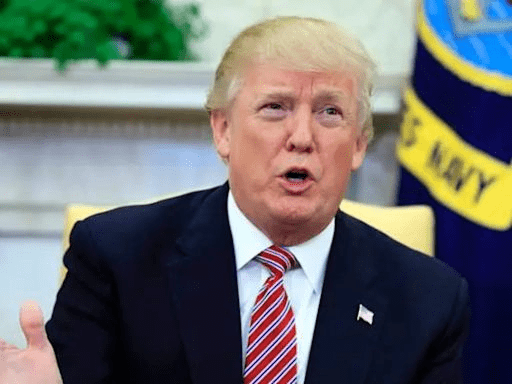Indian Express Editorial Analysis
24 February 2025
India to face US pressure to reduce tariffs on agri products in trade deal negotiations
(Source – Indian Express, Section – The Ideas Page – Page No. – 10)
Topic : GS3- Indian Economy and issues relating to planning, mobilization, of resources, growth, development, GS2- India and its bilateral relations
Context
As India and the United States engage in trade deal negotiations, Washington is pressing New Delhi to lower tariffs on agricultural products. This issue is critical, as it impacts India’s food security, farmer incomes, and overall economic policy.

Introduction
Trade negotiations between India and the US have often revolved around tariff barriers. The US seeks greater market access for its agricultural products, while India maintains tariffs to protect its farmers and ensure food security. The current negotiations bring fresh challenges, testing India’s balancing act between global trade commitments and domestic agricultural interests.
US Demands: Market Access and Lower Tariffs
The US has consistently pushed India to reduce tariffs on agricultural imports, arguing that lower barriers will:
- Boost US farm exports to the Indian market.
- Provide Indian consumers with cheaper food options by increasing competition.
- Align India with global trade norms under WTO agreements.
India’s Justification: Protecting Farmers and Food Security
India maintains high tariffs on agricultural imports due to:
- Farmer Protection – Over 60% of India’s population depends on agriculture. Cheap foreign imports could undercut Indian farmers, leading to distress.
- Food Security – Self-reliance in food production ensures stability in prices and supply.
- WTO Provisions – As a developing country, India is allowed to support its agricultural sector through tariffs and subsidies.
The Agriculture Tariff Debate: A Global Perspective
- China & EU: Both maintain protective policies for their farmers, offering subsidies and import restrictions despite global trade pressures.
- Developed vs. Developing Nations: Developed countries push for free trade but continue their own domestic farm subsidies, leading to an uneven playing field.
Economic and Political Implications for India
- Risk to Small Farmers – Lower tariffs could flood the market with cheap US agricultural products, harming millions of small-scale farmers.
- Pressure on Agricultural Policies – Reduction in tariffs might force India to rethink its Minimum Support Price (MSP) system.
- Diplomatic Trade-offs – India could use tariff negotiations as leverage to gain better terms in other sectors, such as IT exports or manufacturing.
Way Forward: Strategic Negotiation Needed
To balance global trade commitments and domestic agricultural interests, India must:
✅ Negotiate phased tariff reductions instead of sudden changes.
✅ Seek reciprocal benefits for Indian agricultural exports, like mangoes and spices.
✅ Leverage trade-offs in technology, pharmaceuticals, and services sectors.
✅ Push for fair WTO rules to counter US farm subsidies.
Conclusion
India cannot afford to open its agricultural market without strong safeguards. While trade liberalization is essential, it must be gradual and strategic, ensuring farmers’ welfare remains a priority. Instead of mere tariff cuts, a broader mutually beneficial agreement should be India’s focus in the ongoing trade negotiations.


